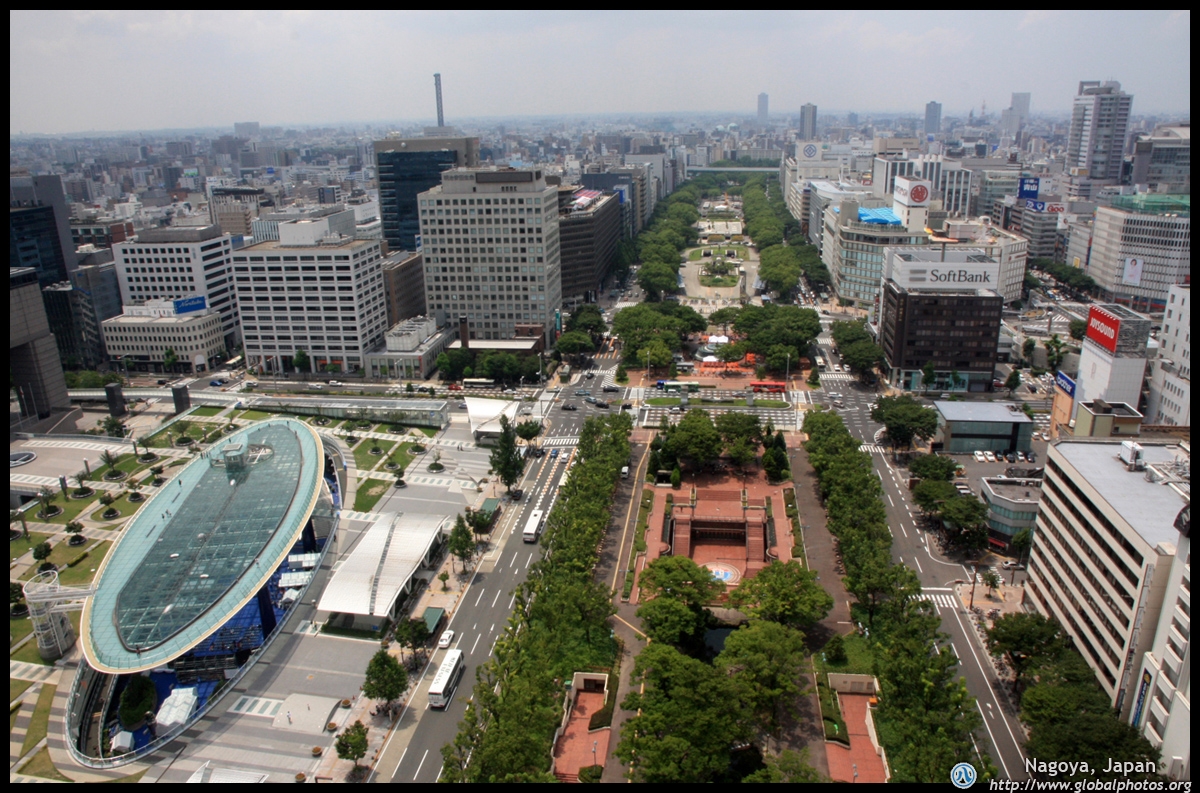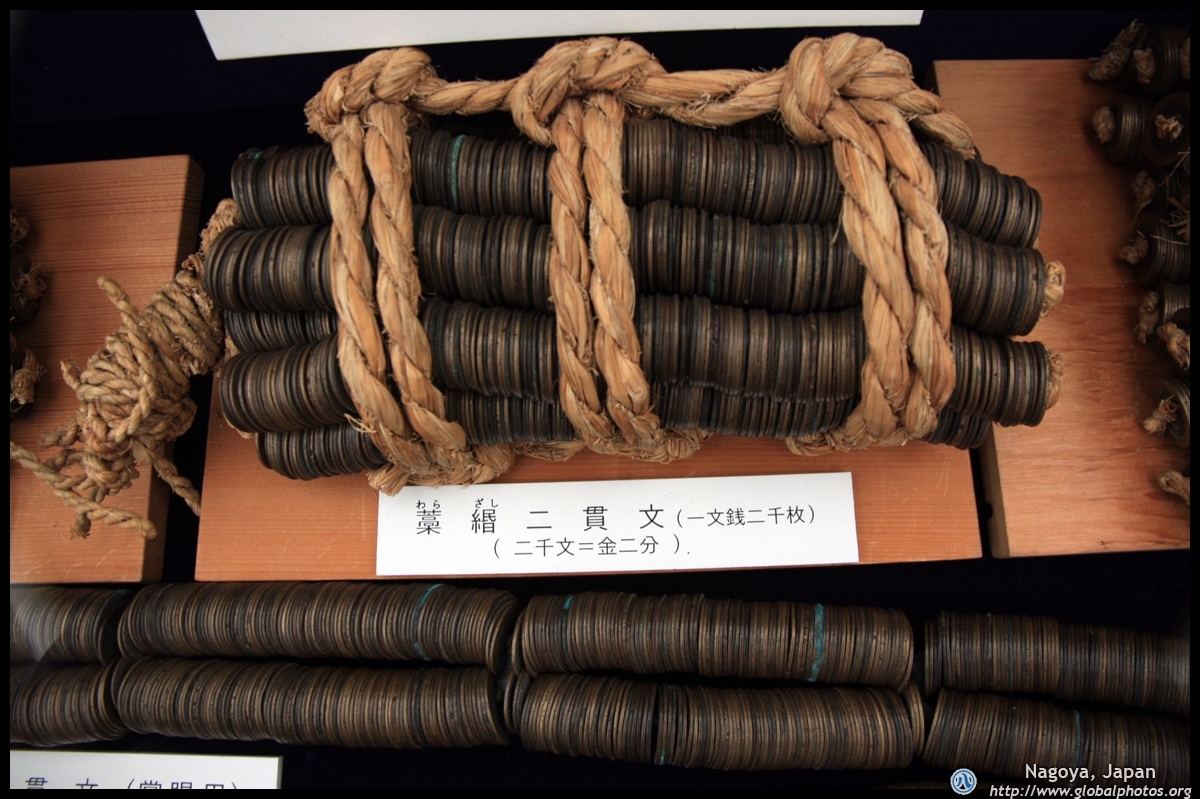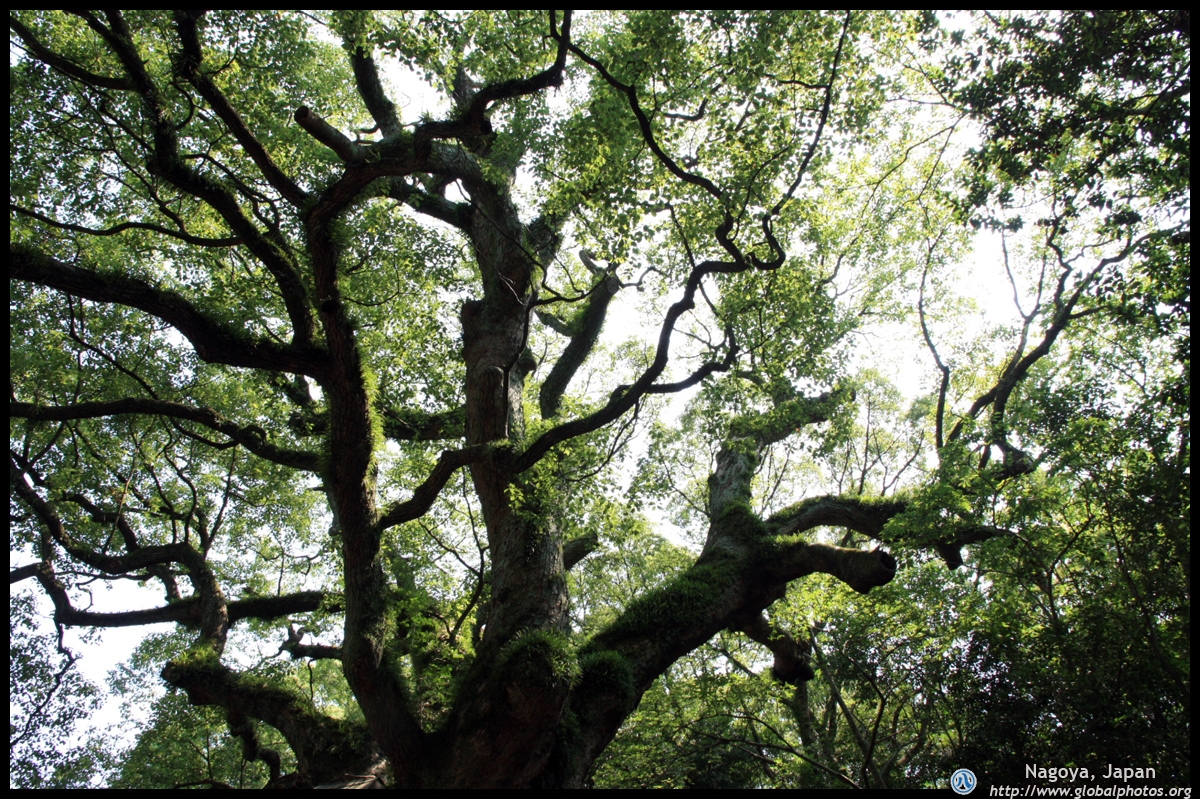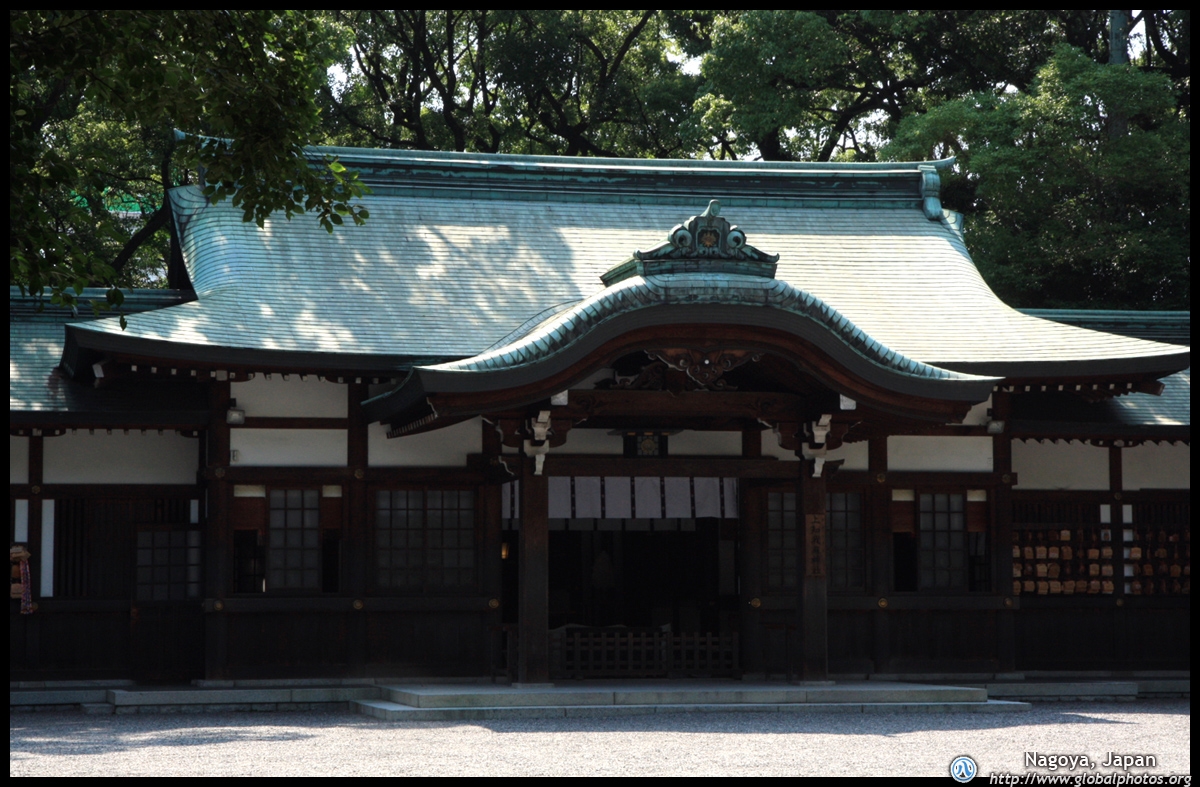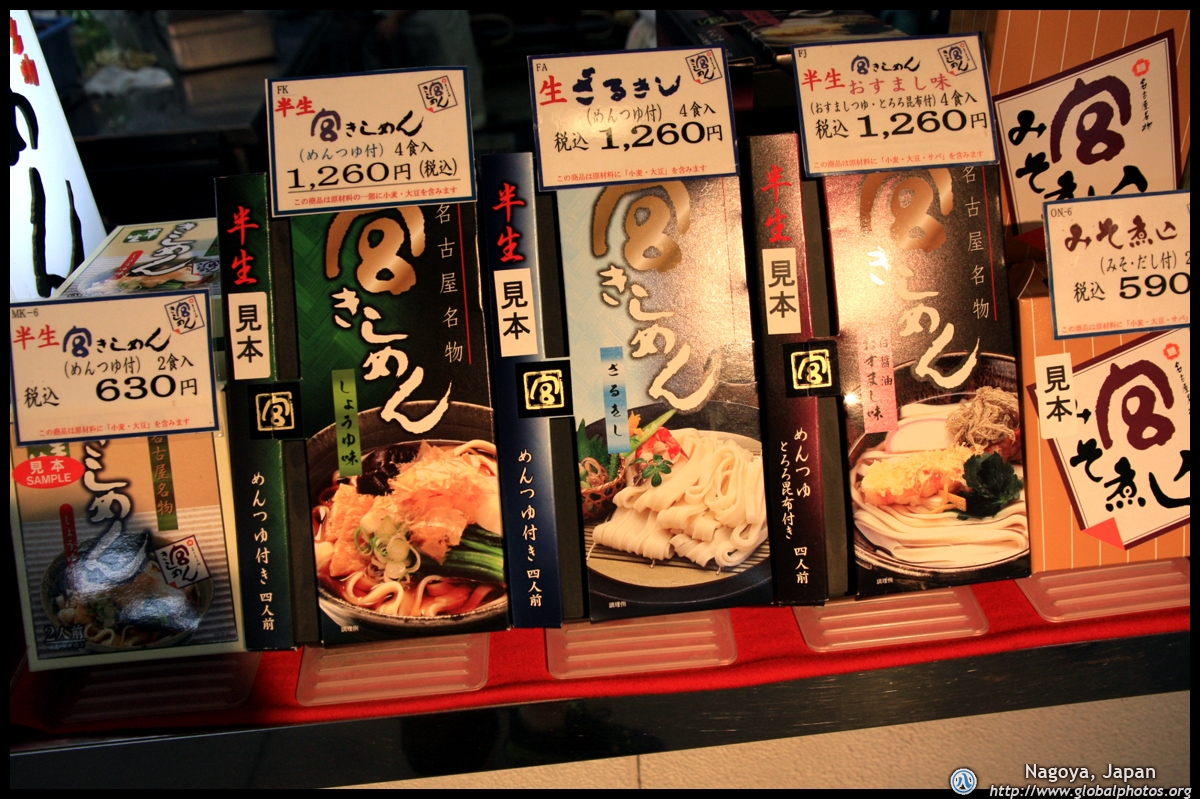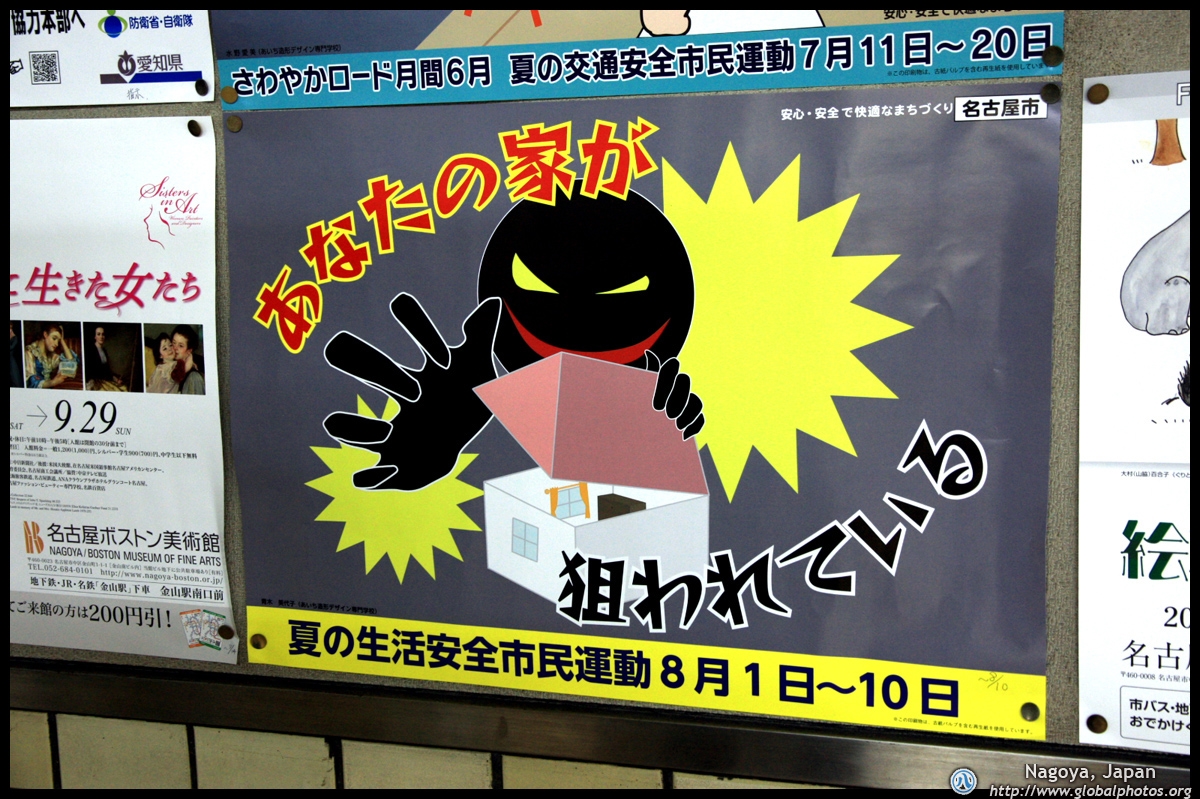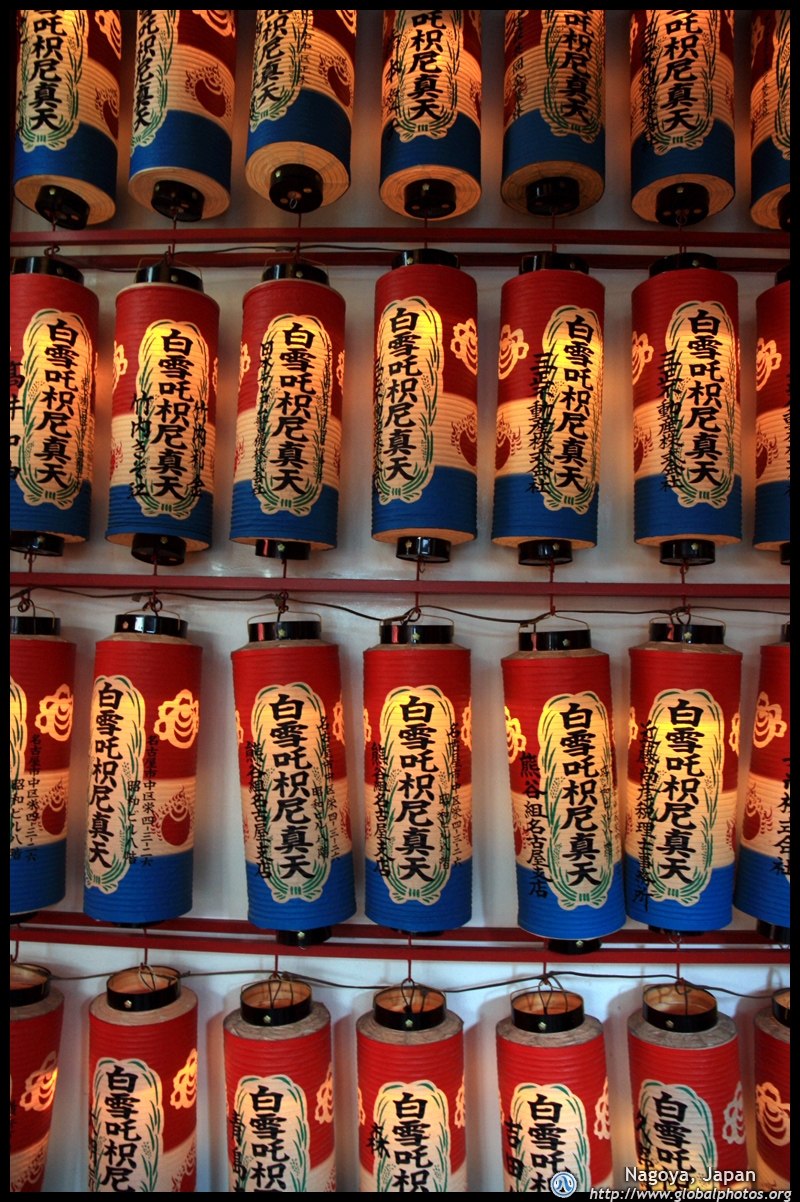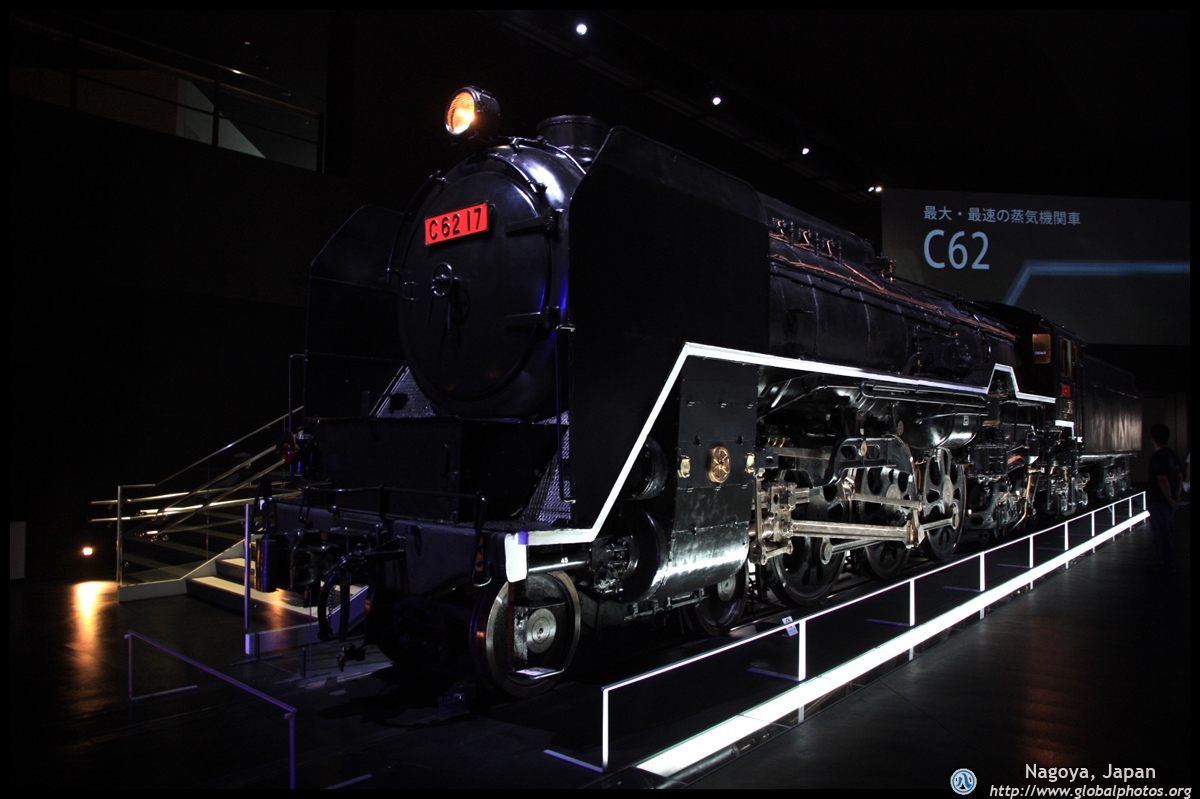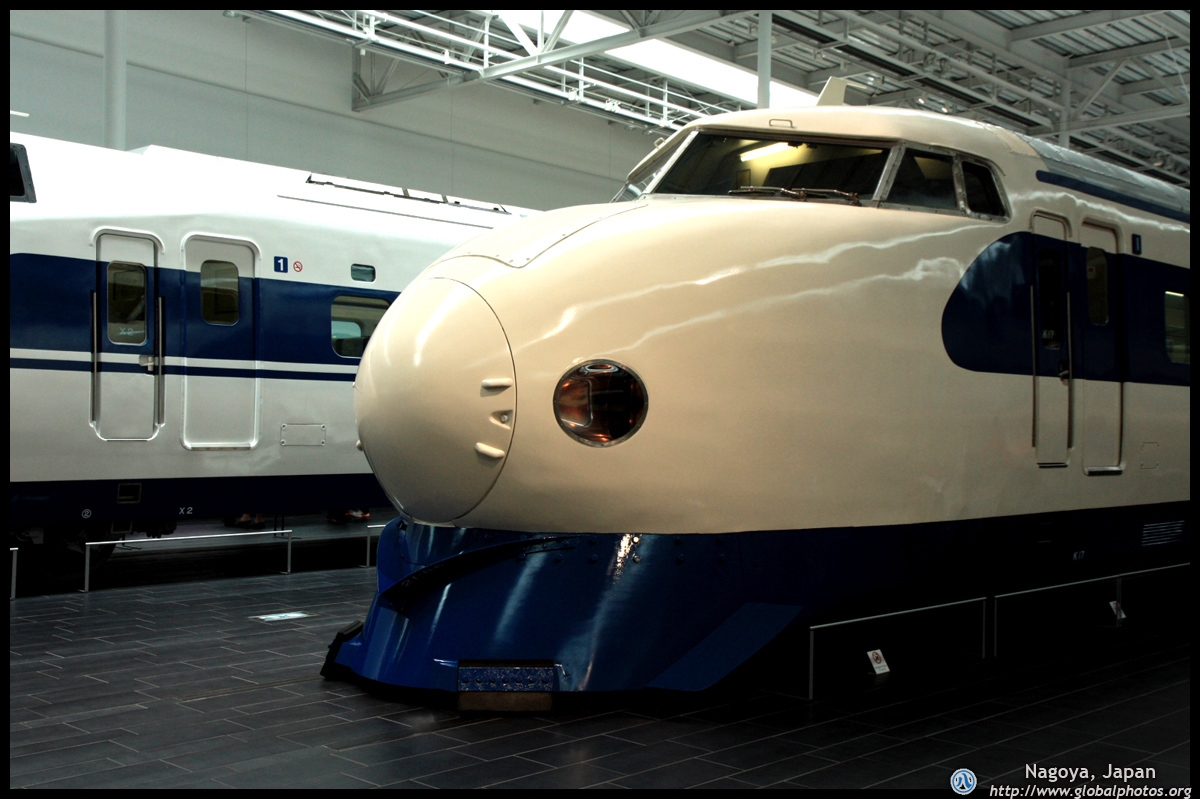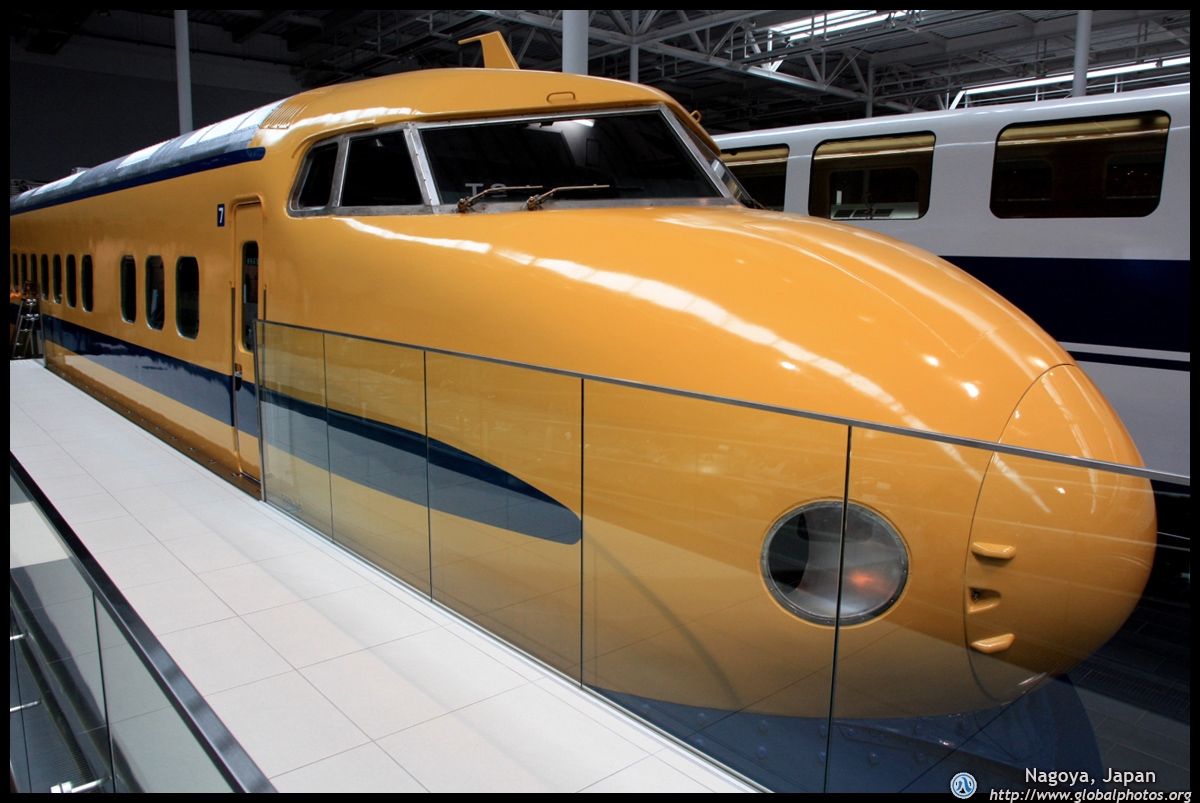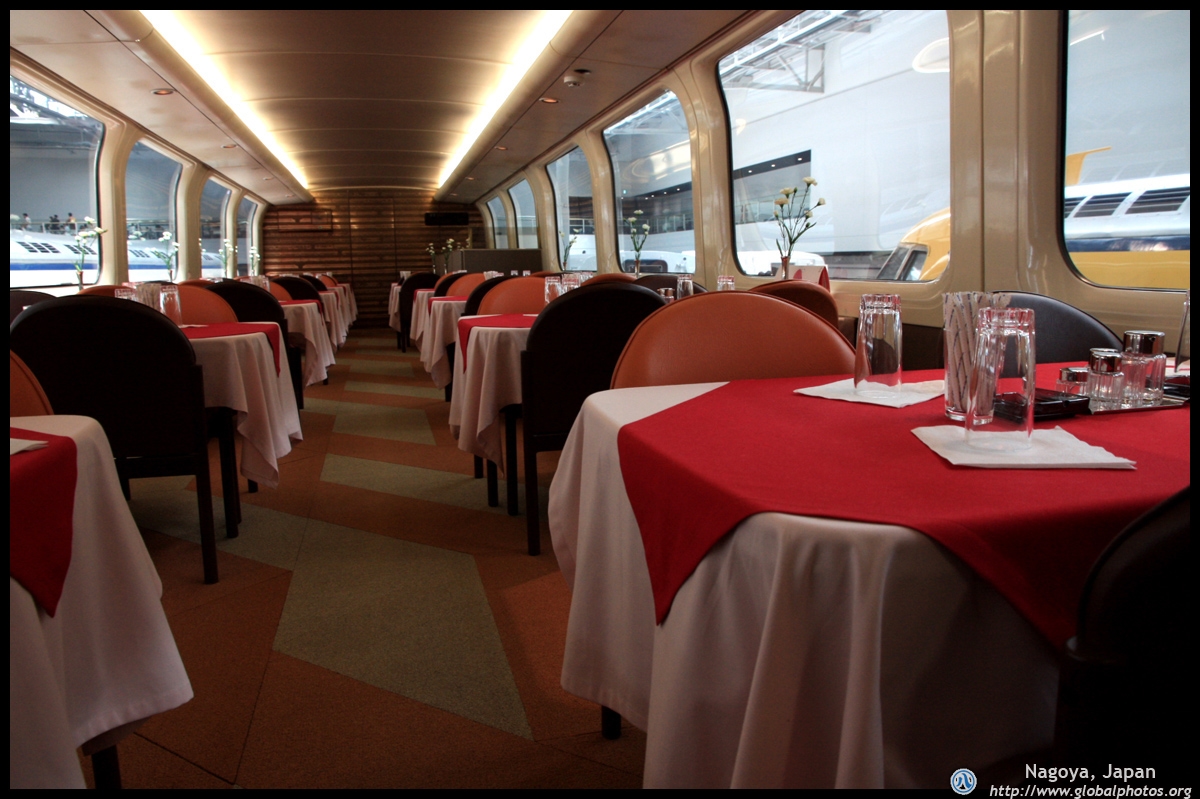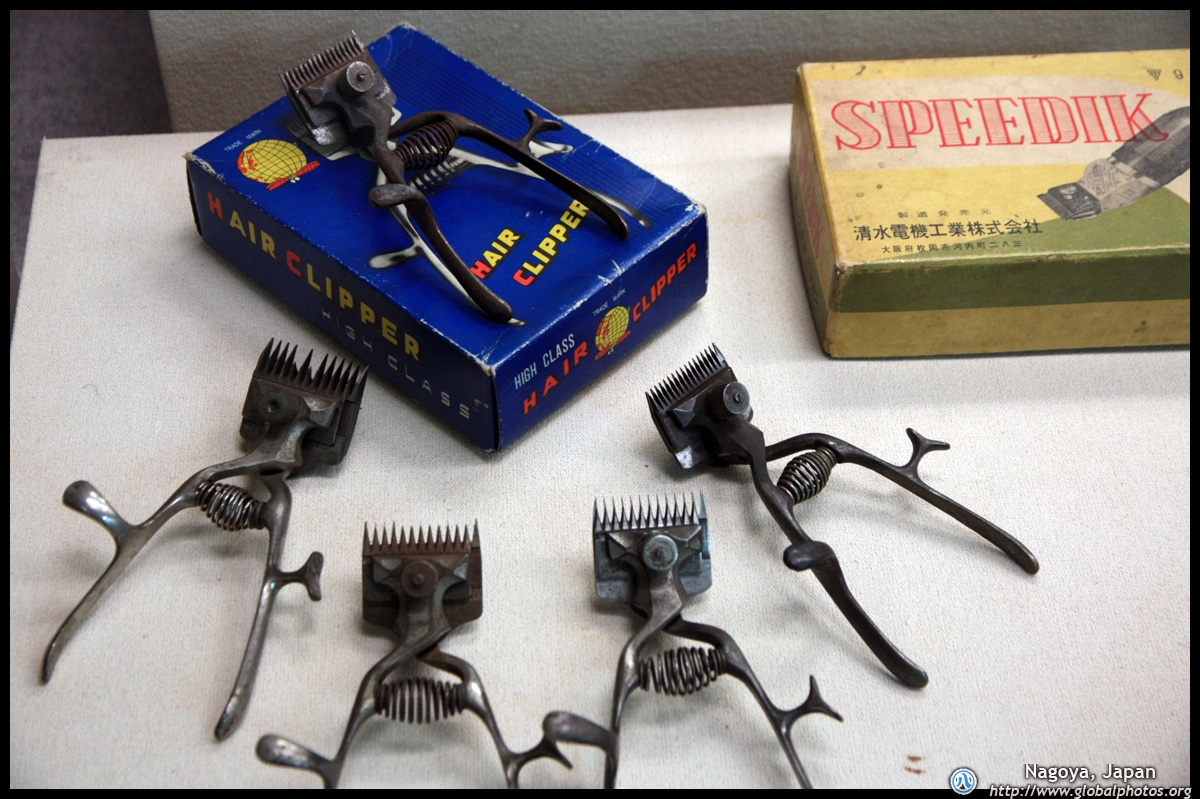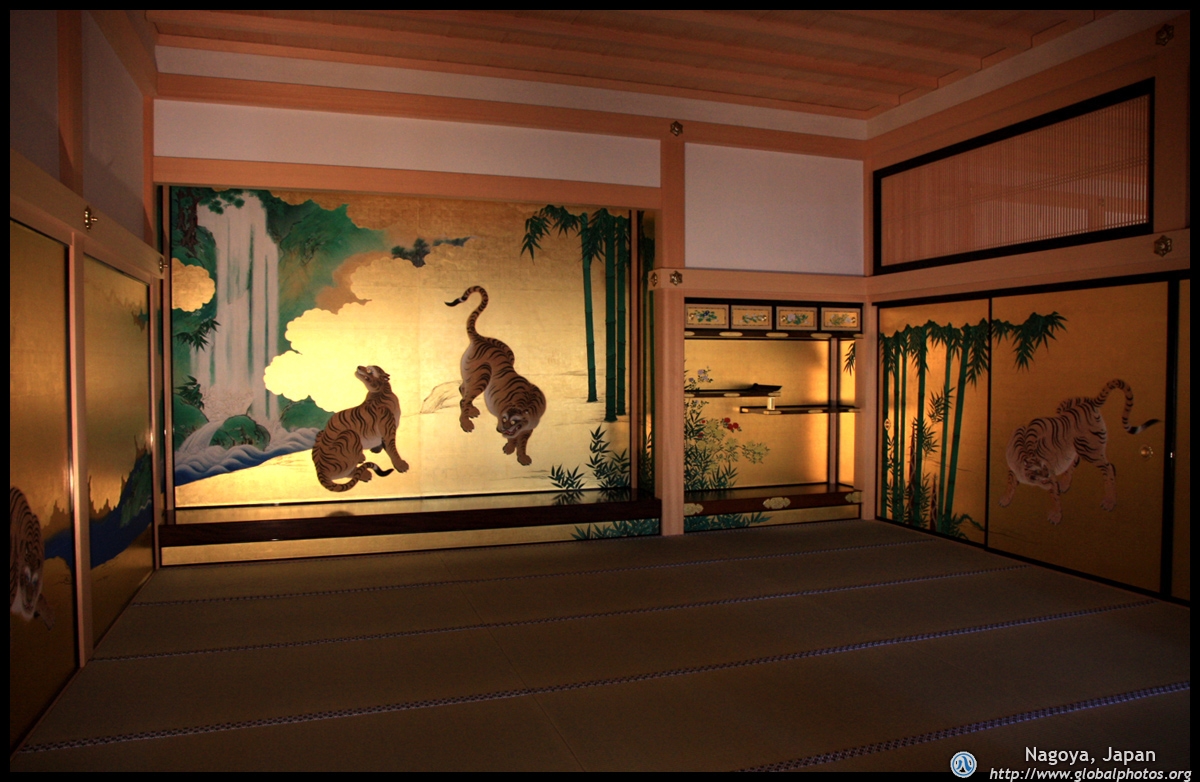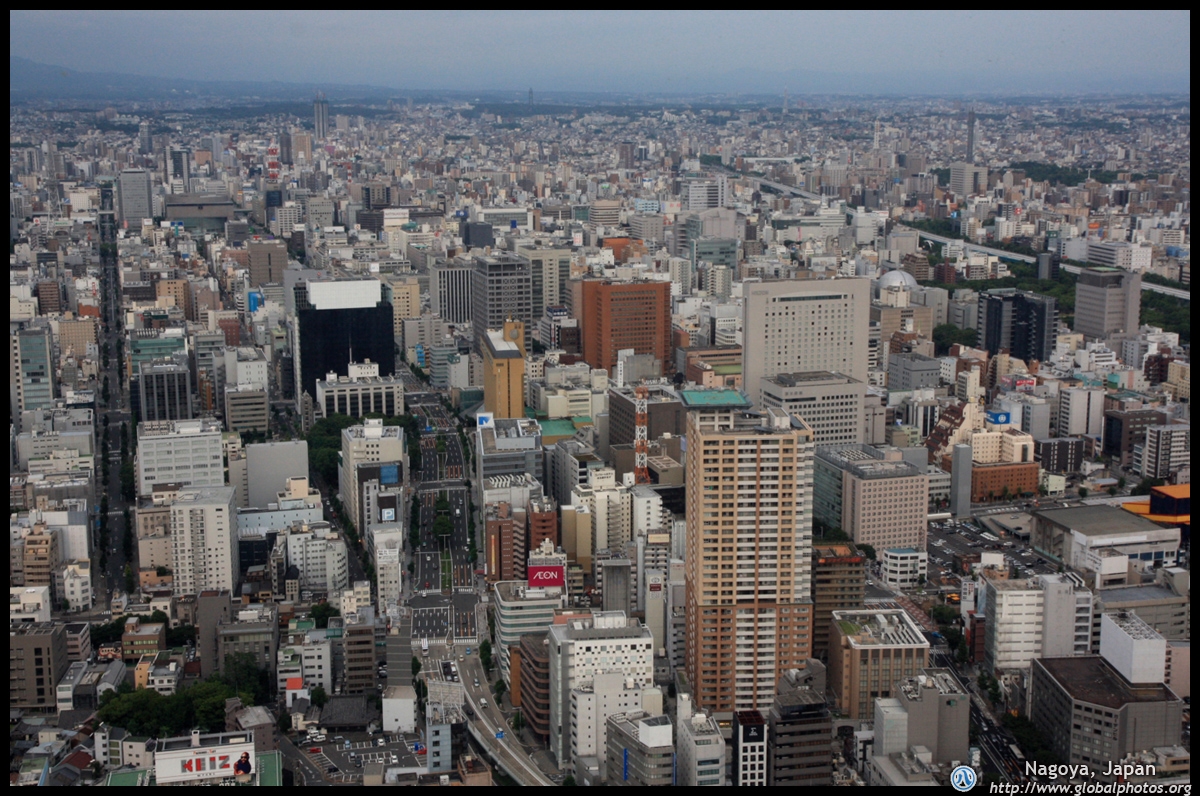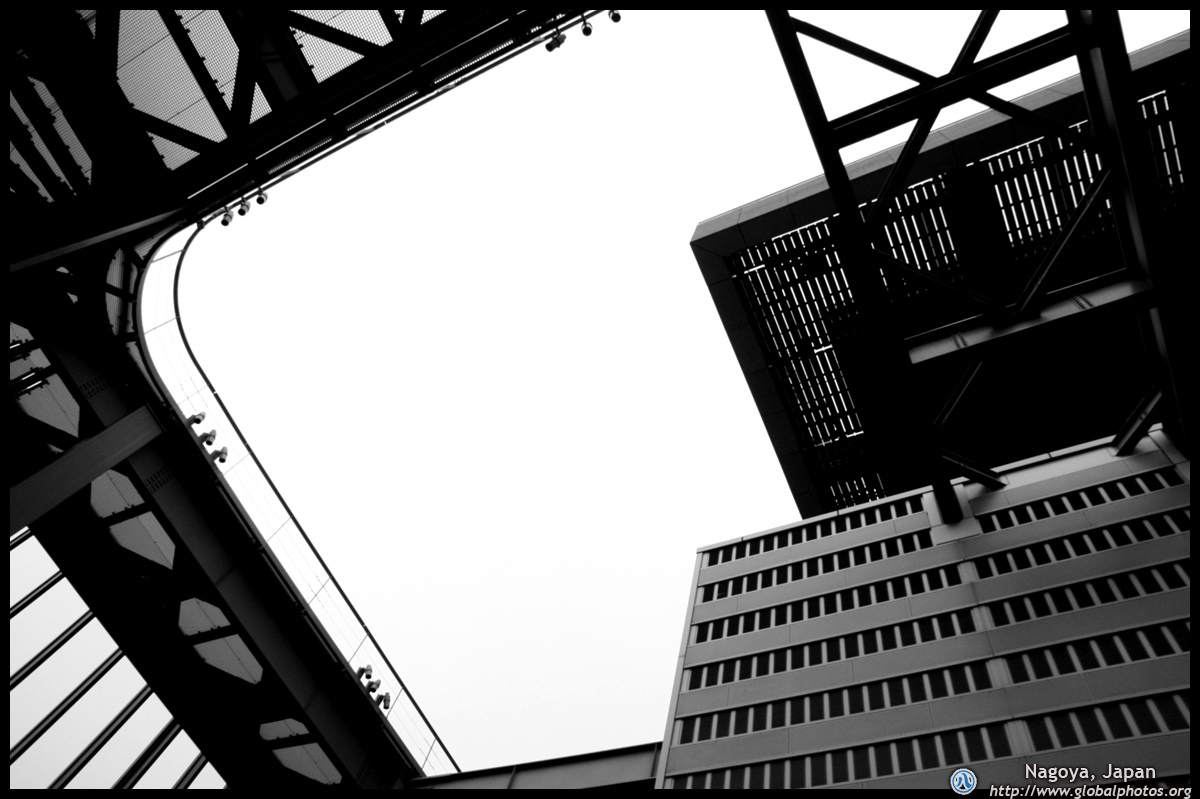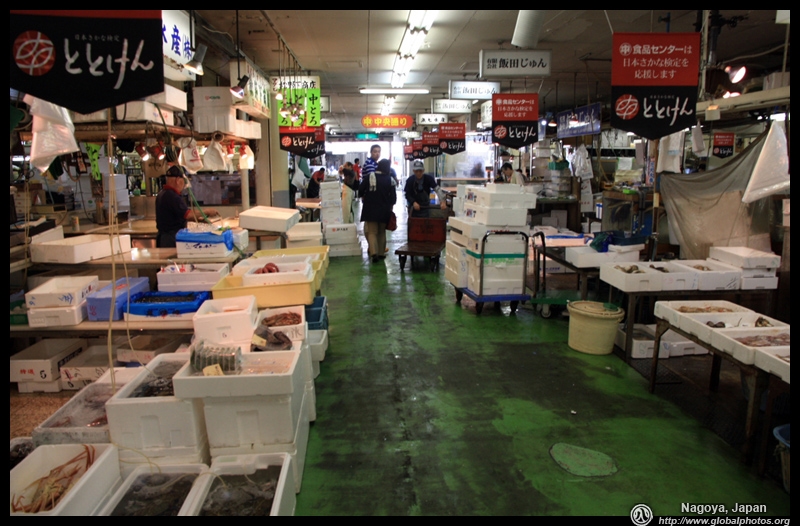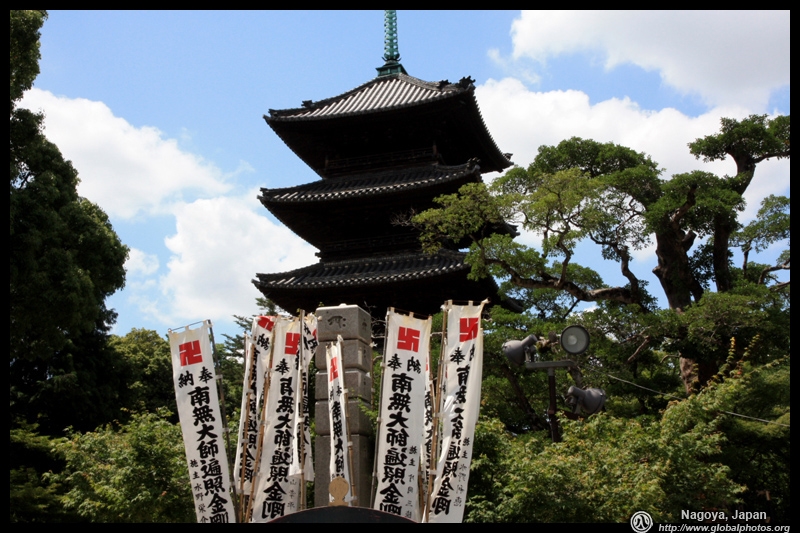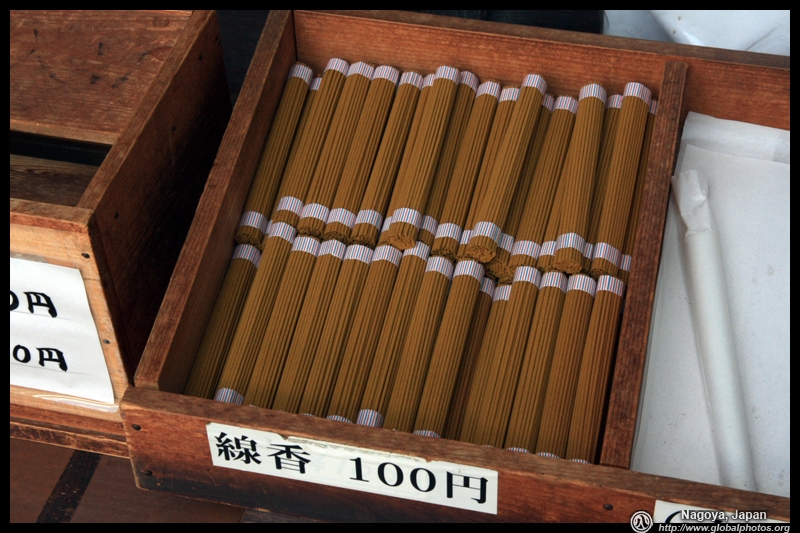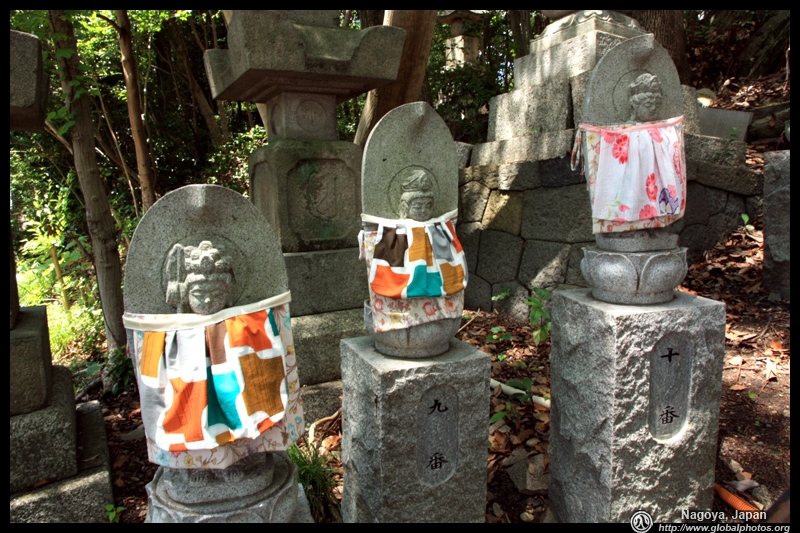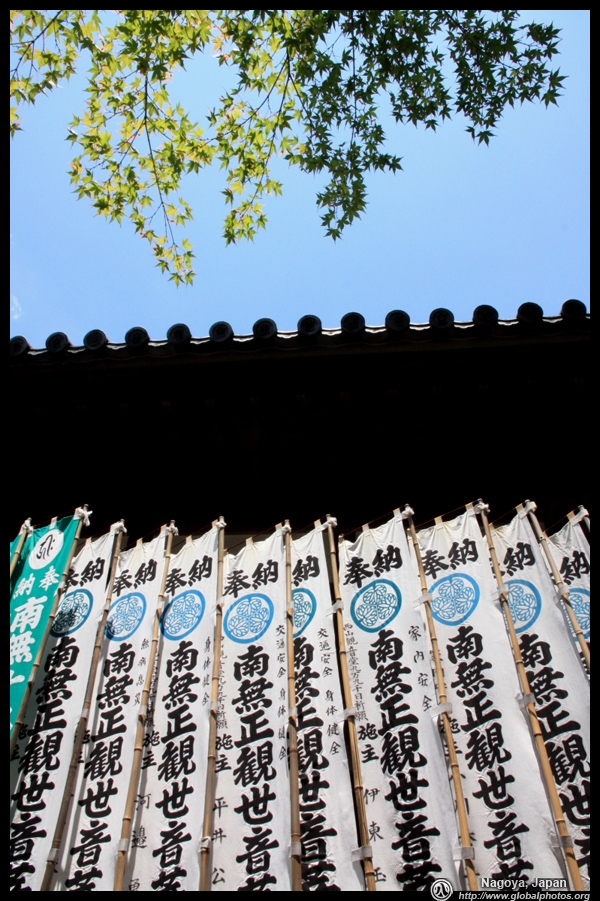Nagoya Photo Gallery - Showcase

Here are my favourites from my long weekend in Nagoya :
Nagoya has a low-speed maglev train line built for the World Expo. Called the Linimo, each station has its own unique logo.
The Toyota Automobile Museum has an extensive collection of historic cars from Japan and also abroad.
This is a Toyopet rown from 1955.
Get on the school bus!
Instead of a graffiti target, an artisitic painting graces this metal door.
Inuyama is a short train ride north of Nagoya and is famous for its castle. From there, you can make out Nagoya's small skyline.
Train-spotting appears to be a popular hobby in Japan, and with so many different types of trains roaming the same tracks, I can understand why.
This ultra-modern roof forms part of the Oasis 21 complex. A lively market was happening underneath while the roof itself is a public open space.
Nagoya TV Tower opened in 1954 and towers above the shopping district of Sakae.
The tower rises 180m and commands a decent view above the city. A few more tall buildings are located a few subway stations away around the main train station.
Nagoya Castle is barely visible in today's urban environment.
The Nagoya City Archives was built in 1922 and looks a bit out-of-place in Japan. The interiors are open to the public and had barely any tourists.
Nearby, Bank of Tokyo-Mitsubishi has a small Money Museum depicting various historic artifacts, such as this piece from 1863.
How much can 10 yen buy today? This note probably won't be sold at face value these days.
Is there a way to carry so much money discreetly?
The Atsuta Shrine is located in leafy grounds that offer a serene contrast while in the middle of the city.
Lunch was quite decent, although there wasn't enough protein to fill me up.
Or you can buy some and cook it yourself at home?
Japan is a very safe country with relatively little crime. Nevertheless, always remain vigilant!
The Osu Kannon Temple is a reconstruction but with a traditional architectural style. Next to it is a long shopping arcade for some souvenirs and snacks!
You need to be honest not to buy cigarettes if you are underage.
A sprinkle of small temples line the neighbouring streets.
The street scenes are a bit messy in the air - not so much on the ground.
What is this historic tram doing in front of a modern museum?
Earlier, I mentioned about train spotters. They would likely love the SCMaglev and Railway Park. This is a Class C62 Steam Locomotive.
The Series 0 Shinkansen evokes quite a lot of nostalgia.
Its counterpart painted in special colours is Dr. Yellow, which is an inspection train.
Japan has been researching maglev technology for decades. This model was conceived in 1972.
I still get confused by the various types of "Express" trains in Japan.
Back in the days when train travel was still a luxury ...
For more local history, head to the Nagoya City Museum.
The original Nagoya Castle was completed in 1612, but the current structure is a new building from after World War II. Reconstruction continues - the Hommaru Palace is partially restored and will ultimately finish in 2018. These paintings are original, but the building itself is new.
Time to head up for some views!
The views from the castle are quite decent.
Midland Square's roof is an open observation deck. There is a restaurant as well but the best thing was there were no crowds to fight for the views!
While this is not Tsukiji, there is a fresh fish market in Nagoya as well. I didn't see many restaurants, and it appears to be a really local market.
Eel is a local speciality. Although a bit pricey, it was a very satisfying lunch with top-notch service!
Koushoji is located in the outskirts but offers yet another serene temple to meditate and quietly reflect.
|
Nagoya Gallery Main Page
















